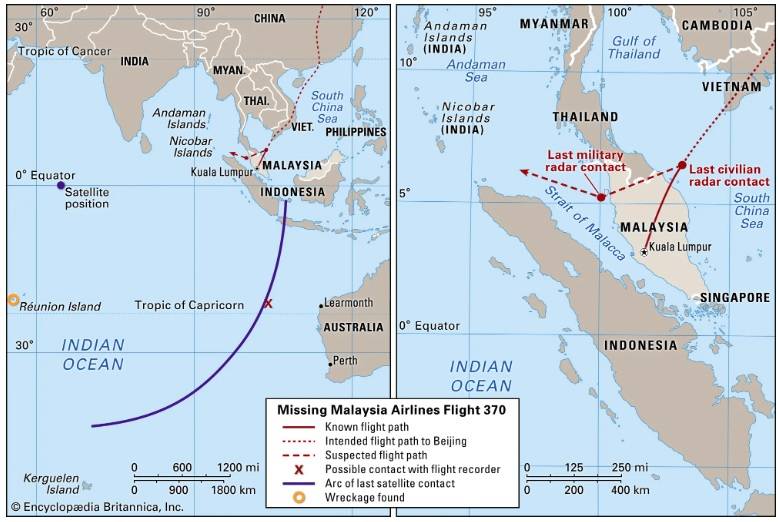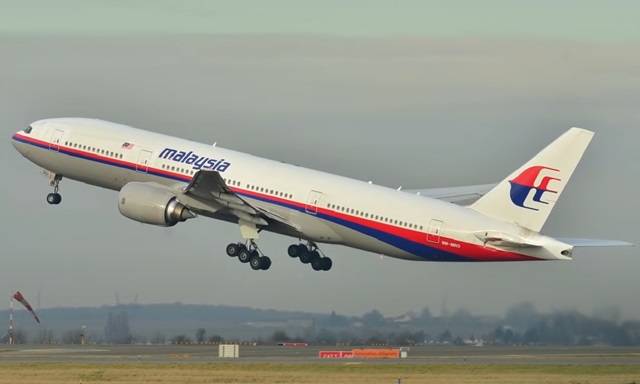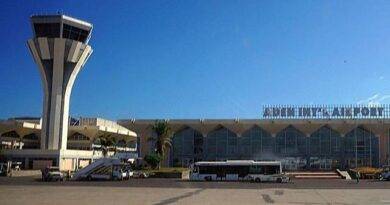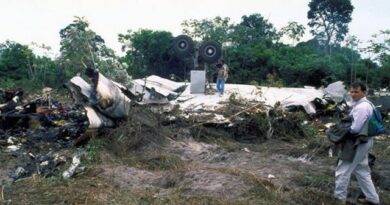Malaysia Airlines Flight 370: The Unsolved Mystery of the Lost Plane
Vanished Without a Trace: On March 8th, 2014, Malaysia Airlines Flight 370 disappeared from radar, carrying 239 souls. Despite an extensive, multi-year search, the Boeing 777 and its passengers remain missing, leaving behind a profound and unsolved mystery.
Unexplained Deviation: Flight 370 departed Kuala Lumpur bound for Beijing. However, before entering Vietnamese airspace, the plane inexplicably veered west, deviating from its intended course. Both civilian and military radar lost contact shortly after.
Limited Clues: The plane sent automated “pings” to a satellite for several hours, indicating it flew for thousands of miles before likely crashing somewhere in the remote southern Indian Ocean. Debris believed to be from the plane has washed ashore in Africa, but the wreckage and final resting place remain undiscovered.

Competing Theories: The lack of definitive answers has fueled numerous theories, ranging from pilot suicide and hijacking to mechanical failure and even government involvement. None, however, have been substantiated with concrete evidence.
Enduring Impact: The loss of Flight 370 was a profound tragedy that impacted families, the aviation industry, and the global community. It highlighted vulnerabilities in communication and tracking systems, prompting significant changes in international aviation safety protocols.
Hope for Resolution: Despite the passage of time, hope for finding the plane and providing answers to the families persists. New leads and technological advancements continue to emerge, offering potential for finally solving this enduring mystery.
Aircraft Details of Malaysia Airlines Flight MH370
- Model: Boeing 777-2H6ER (with reinforced landing gear and additional fuel capacity compared to standard 777-200ER)
- Registration: 9M-MRO
- Age at the time of disappearance: 11 years and 4 months old (first flown May 2002, disappeared March 2014)
- Capacity: 239 passengers and 12 crew members (Flight 370 carried 227 passengers and 12 crew)
- Engines: Two Rolls-Royce Trent 892 engines
- Cruising speed: Mach 0.84 (approximately 560 mph)
- Range: Up to 9,330 nautical miles (17,297 km)
References and Further Reading:
- Final Report on the Disappearance of MH370 (2018): [https://www.atsb.gov.au/mh370-pages/updates/reports]
- Interim Report on the Disappearance of MH370 (2015): [https://www.atsb.gov.au/mh370-pages/updates/reports]
- The New York Times – “Malaysia Airlines Flight 370: What We Know (and Don’t Know)” (2023): [http://www.cnn.com/specials/asia/malaysia-airlines/index.html]
- BBC News – “Flight MH370: Ten years of mystery” (2024): [https://www.bbc.co.uk/news/topics/cw2llkwynmxt]
- https://en.wikipedia.org/wiki/Malaysia_Airlines_Flight_370



